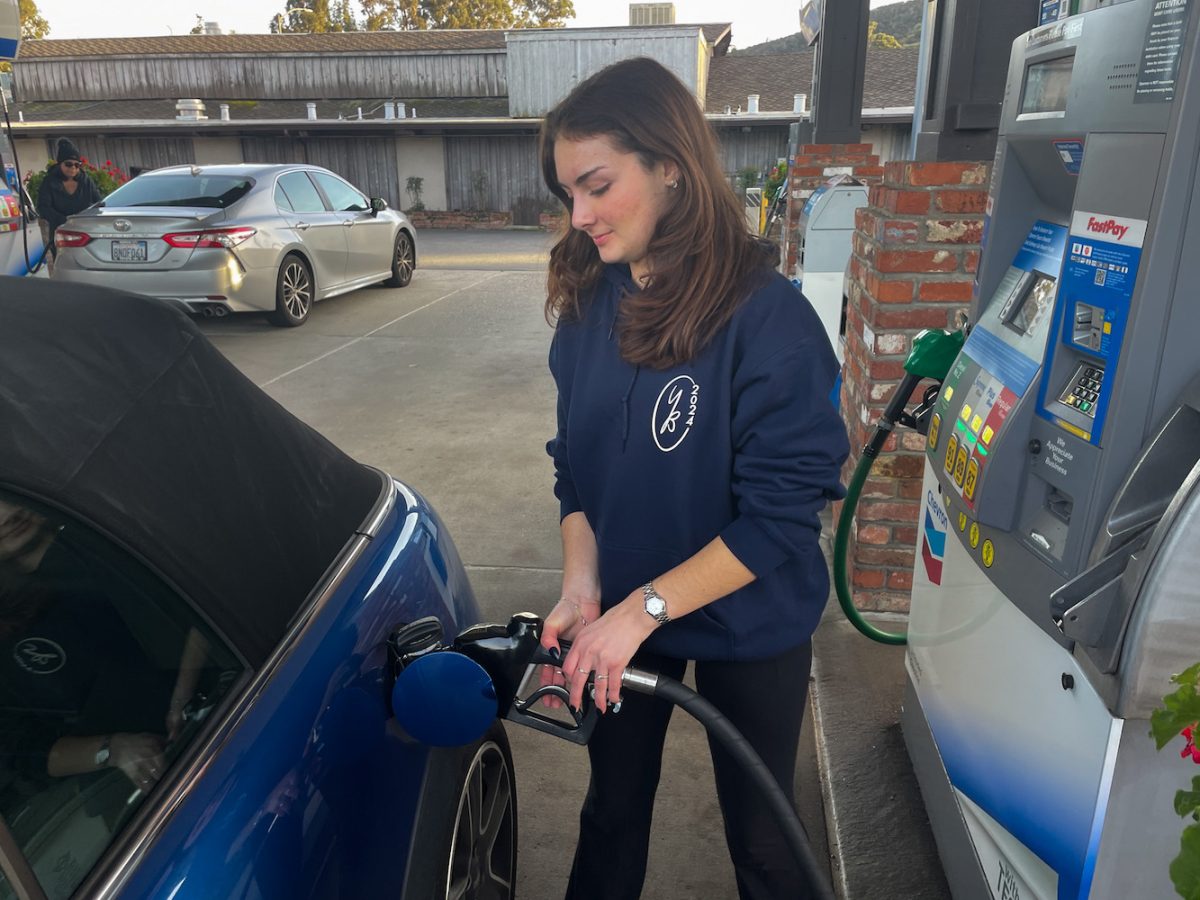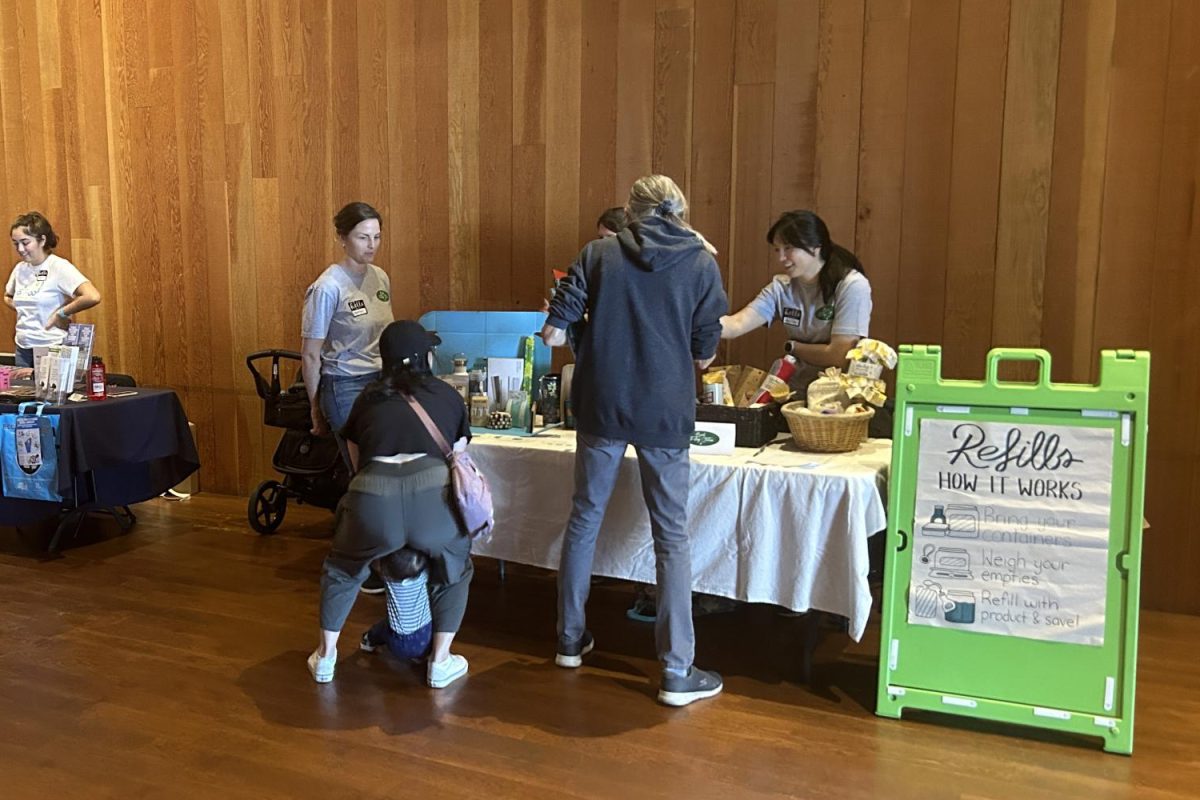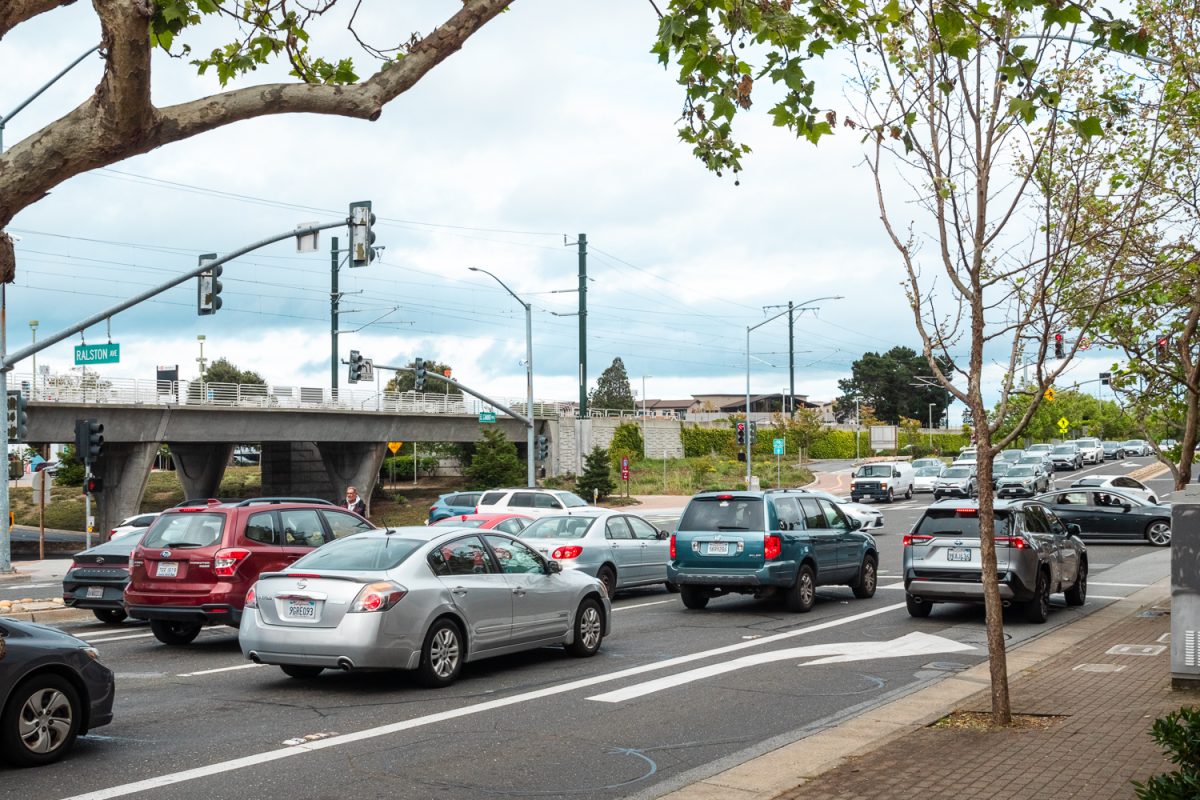Facing escalating financial pressures, customers across California struggle with Pacific Gas and Electricity’s (PG&E) increased utility rates in the new year.
As of Jan. 1, PG&E is increasing customers’ monthly bills by 12.8%, resulting in an average increase of $32.50. These funds will go toward wildfire mitigation initiatives, electric capacity upgrades, and clean energy goals.
However, customers refuse to stay silent about the increase in their expenses. Organizations are actively working to end PG&E’s surge in utility bills, promoting alternative solutions that support climate change initiatives without burdening customers.
“We want the most green for the least green. The cost of greening the grid should not be cutting off low-income families,” said Mark Toney, the executive director at The Utility Reform Network (TURN), a consumer advocacy organization.
With PG&E’s wildfire reduction program at the forefront of these investments, consumers are skeptical about whether these measures are entirely necessary. After substantial increases, customers and activists seek equitable solutions without imposing a financial burden.
“There is a high-cost path to clean energy and a low-cost path to clean energy. Too many people want a pathway to clean energy driven with a profit motive,” Toney said.
While these adjustments work to combat climate change, the resulting increase is detrimental to working-class and low-income households. For many, a large portion of their wages go toward the rising utilities, causing more financial strain on customers.
A consumption tax is the worst way to fund things. The poorer you are, the more burden is placed on you, which doesn’t make sense in a society where the wealth gap keeps expanding.
— Mark Toney
“A consumption tax is the worst way to fund things,” Toney said. “The poorer you are, the more burden is placed on you, which doesn’t make sense in a society where the wealth gap keeps expanding.”
Within the past years, PG&E has steadily built up the utility rates; however, with no measure to limit their requests to the California Public Utilities Commission (CPUC), the company can ask for additional funds and increase bills. The CPUC is a government agency that regulates public utility costs from privately owned companies such as PG&E and can grant funds based on requests from these establishments.
As a result, their utility rates have skyrocketed, causing uproar among customers who have to face the consequences.
“The CPUC is choosing to support the utility company PG&E’s increasing profits, rather than working families and poor families who are barely able to survive, and barely able to afford necessities from housing to groceries to medicine,” said a public commenter at the CPUC’s voting meeting on Jan. 11.
As the rates take a socioeconomic toll on California communities, other concerns are brought to light. The inability to pay utility bills may lead to eviction, prompting more significant issues such as housing crises and widening wage gaps as residents become impoverished.
“I, like many others, use almost my entire wages to pay for my rent, to pay for my life, and utilities end up taking most of the money I make,” said another public commenter at the CPUC’s voting meeting on Jan. 11.
The fight for equitable clean energy continues as customers and advocacy organizations campaign for ratepayers’ rights.
“It is not right to increase a consumption tax on necessities of life such as electricity, to fund climate change initiatives, solar subsidies, and wildfire. We need to develop better, more progressive, equitable ways to generate revenue for those important priorities,” Toney said.












